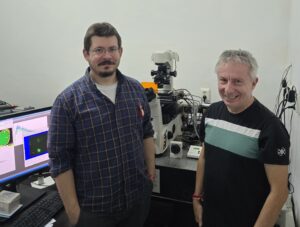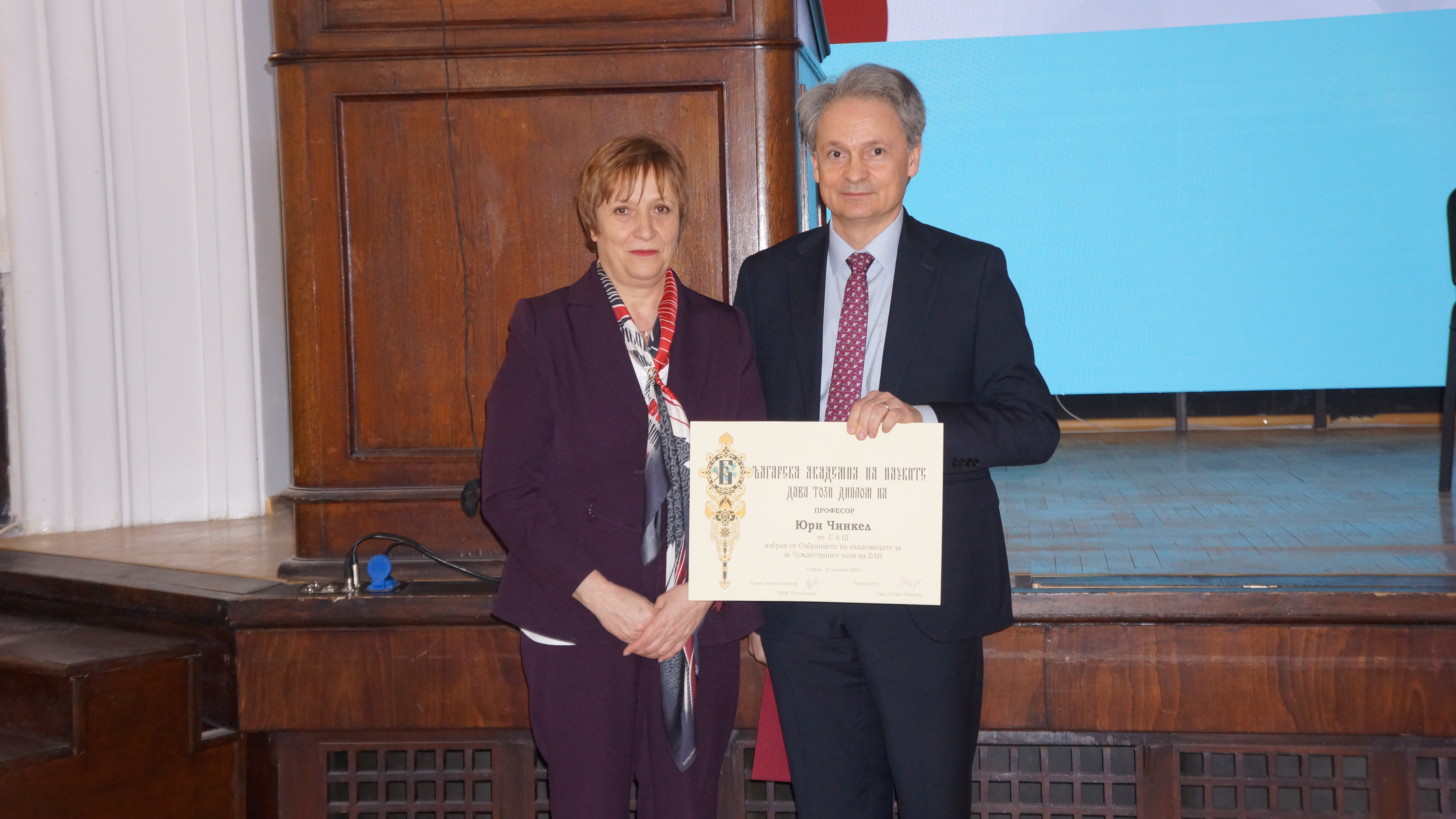PARP inhibitors are anticancer drugs that selectively inhibit the growth of tumors with deficiencies in DNA repair capacity, and are being approved for a growing number of indications. A deeper understanding of the mechanisms of action of PARP inhibitors as well as the function of their target PARP1 represent a hot topic in molecular oncology. Scientists from the Genomic Stability Laboratory and the Sofia Eurobioimaging Center for Advanced Light Microscopy at the Institute of Molecular Biology-BAS (IMB-BAS) are part of a thirteen-member interdisciplinary team that published a study on “PARP1-DNA co-condensation drives DNA repair site assembly to prevent disjunction of broken DNA ends” in one of the three most prestigious journals in the world of biology, Cell (IF: 64.5).
Representatives of seven leading European research institutes, among them IMB-BAS, demonstrated how the condensation of the PARP1 protein holds the ends of damaged DNA to allow its repair, and how PARP1 inhibitors, some of the most potent modern anticancer drugs (olaparib), affect this process. This discovery sheds light on the role of physical processes such as phase separation in DNA repair, which in turn protects the body from developing cancer. The Bulgarian team members investigated how mutations in PARP1 alter its accumulation kinetics during DNA damage in living cells. The Bulgarian research was funded by the National Roadmap for Scientific Infrastructure of the Ministry of Education and Science and the Bulgarian National Science Fund.






